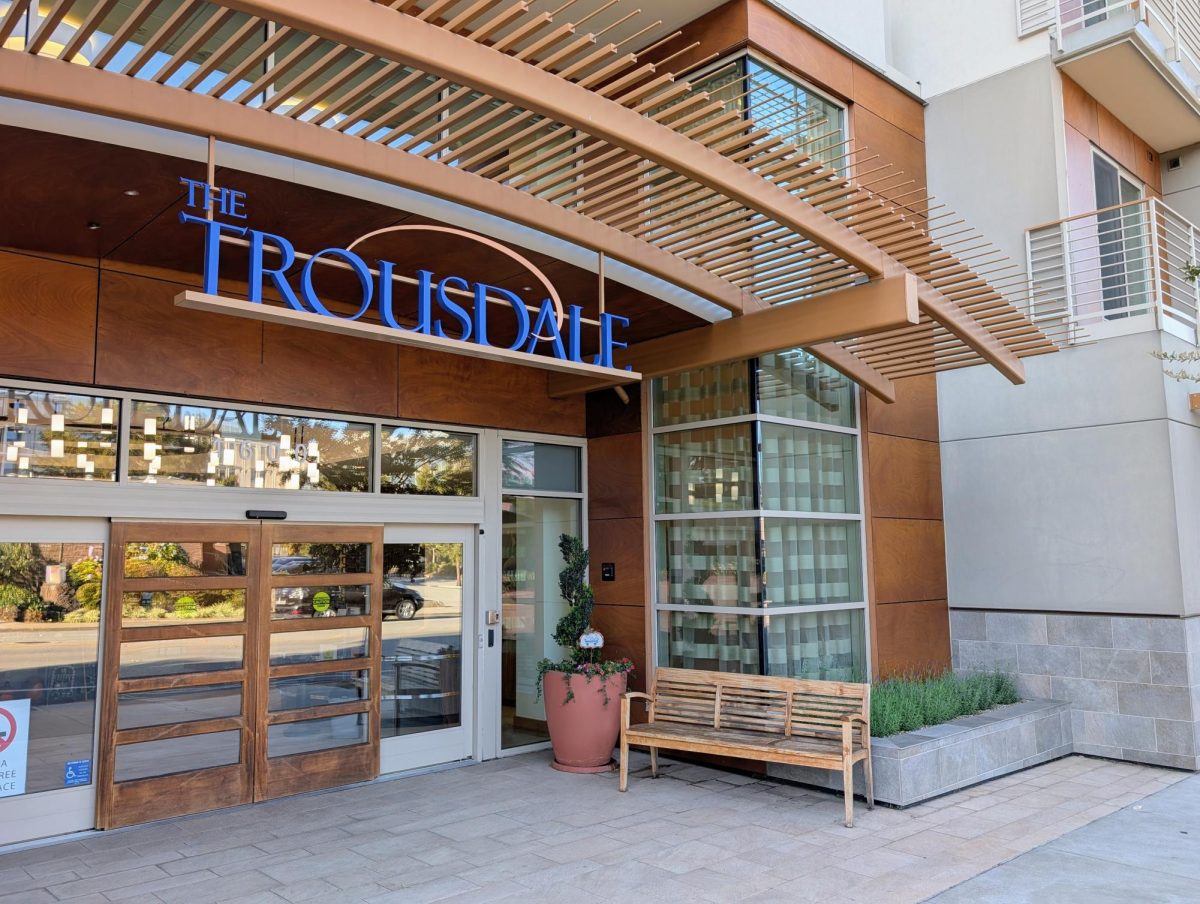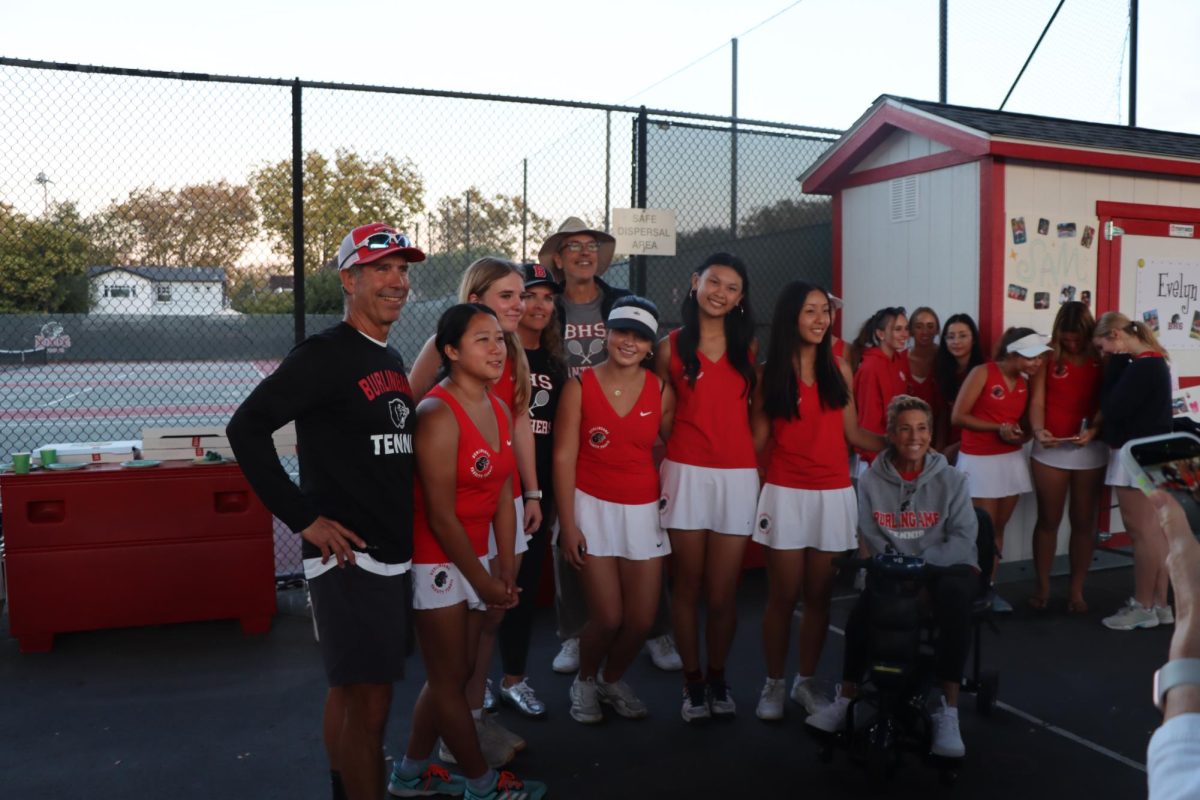Moving from Taiwan was already a challenge for sophomore Brandon Lin, who enrolled at Burlingame with limited English proficiency. Over the past two years, Lin has juggled seven courses alongside native English speakers, but found steady support through his Community Literacy in Action (CLA) class, which serves multilingual students at all English proficiency levels.
The CLA class and English Language Development (ELD) classes form the core of San Mateo Union High School District’s (SMUHSD) multilingual support system, helping almost 1,000 students build the skills needed to succeed in their coursework.
Lin, whose school in Taiwan was primarily assessment-based, said the CLA class offers practical speaking, listening, reading, and writing skills.
But in October 2023, the California Department of Education’s Federal Program Monitoring (FPM) compliance review determined that SMUHSD was not meeting the provisions of Title I and Title III, which support low-income and multilingual students.
The review found that SMUHSD’s multilingual program limited school choice for multilingual students and their families. Until last year, ELD classes were only concentrated at Hillsdale, San Mateo, and Capuchino High School, plus the Bridge Academy, an external multilingual program, said SMUHSD Director of Curriculum and Assessment Brian Simmons. But to comply with state requirements, SMUHSD integrated multilingual students districtwide in spring of 2024, moving those in ELD programs for over three years into college-preparatory classes.
“We now need to provide much more support to our teachers because we now have a much more diverse student population at every school in the district — but certainly at Burlingame in particular — because the population of multilingual learners there has always been pretty small,” Simmons said.
Despite expanding CLA and ELD programs, Kelly Hensley, a longtime multilingual program teacher, describes the challenges that come with integrating these students at Burlingame.
“We need to create more awareness of identifying the multilingual students in mainstream classes and giving teachers ideas on how they can better accommodate these students and help them understand the curriculum,” Hensley said.
Assistant Principal Valerie Arbizu said a key challenge is placing multilingual students with their age group while addressing language barriers that can make it difficult to connect with peers and teachers.
“I think that’s when our teachers get frustrated, because they see how frustrated the students are, and it comes from a place of, ‘how do I support my students?’ ” Arbizu said. “When you don’t know the answer, it makes you feel bad [and] disconnected.”
Government teacher Alex Gray emphasizes the difficulty of dividing her time between native English-speaking students and multilingual learners in the same classroom.
“In a perfect world, I’d have way more time to sit with [multilingual learners] and go over it in a slower manner and print more resources [for them],” Gray said.
In Hensley’s ELD 3 class, he focuses on preparing newcomer students for the English Language Proficiency Assessments for California (ELPAC) test by catering to their individual needs and creating a supportive learning environment.
For ELD 3 students like junior Frankie Jiang, who moved from China midway through his freshman year, keeping up with the core curriculum alongside native English speakers has been a struggle. Despite this, Jiang highlights his mainstream teachers’ efforts to accommodate his needs.
“I get to use translators during my essays in English class, and I have both the English and Mandarin versions of The Great Gatsby,” Jiang said. “And when I was in sophomore year, Mr. Dyl was my chemistry teacher, and since I told him I couldn’t understand the free response and multiple-choice tests, he provided me with a Mandarin translation so it’s easier for me to understand, and I still do that for AP Chemistry this year.”
As the district continues collaborating with educators, it aims to expand its multilingual programs by equipping faculty with adaptable resources through translation tools, targeted professional development, and Universal Design for Learning (UDL) training. Simmons highlights the district’s commitment to fostering a more inclusive approach.
“Too often we talk about these students from a deficit perspective, and so we as educators are trying to shift this into ‘What are these multilingual students bringing?’” Simmons said. “Our immigrant students are bringing interesting, complex stories about their personal journeys that brought them here and where they came from, so the more we can keep promoting and supporting this as an effort to create a more democratic space in our classrooms and schools, I think the better off we’ll be.”






































Jim Dunlap • Oct 30, 2024 at 12:04 am
Kid can’t speak or understand English but let’s make it more “democratic”. Typical educational bureaucratic BS nonsense. BHS Class of 81